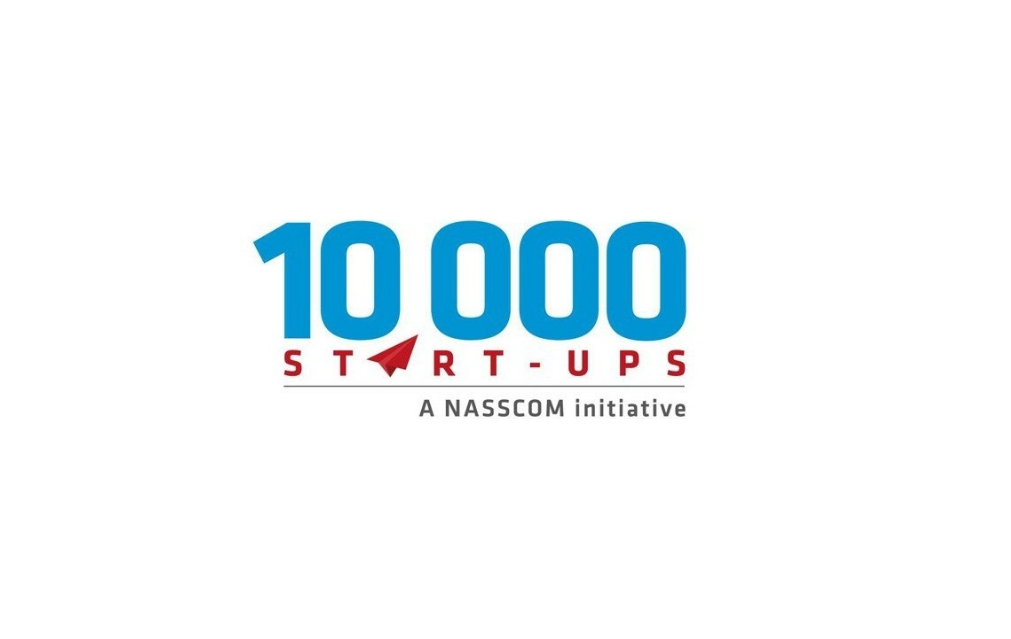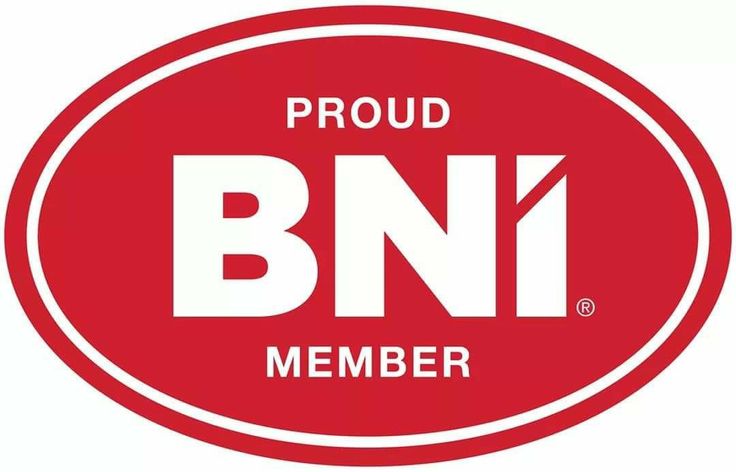Krishna Janmashtami 2025: Date, Rituals, and Spiritual Importance
Krishna Janmashtami, also known as Gokulashtami, marks the birth of Lord Krishna, the eighth avatar of Lord Vishnu and one of the most cherished deities in Sanatan Dharma.
It is celebrated with deep devotion, fasting, bhajans, and midnight festivities across India and worldwide.
In 2025, Krishna Janmashtami will be observed over two days — Friday, 15th August and Saturday, 16th August, depending on lunar timings and sect-specific traditions (Smarta vs. Vaishnava).
Why is Janmashtami Celebrated?
Janmashtami commemorates Krishna’s birth in the Dwapara Yuga, to Devaki and Vasudeva in the prison of King Kansa, symbolizing:
- The victory of dharma over adharma
- The triumph of divine love and wisdom over ego
- The birth of joy, mischief, compassion, and Bhakti (devotion)
Krishna Janmashtami 2025: Dates and Timings
- Ashtami Tithi Begins: 15th August 2025 at 11:15 AM
- Ashtami Tithi Ends: 16th August 2025 at 1:50 PM
- Nishita Puja (Midnight Janma Puja): 16th August around 12:00 AM
- Rohini Nakshatra Timing: Overlaps with midnight of 15th–16th August
Check local panchang for exact muhurat in your region.
How Krishna Janmashtami is Celebrated
1. Fasting and Puja
- Nirjala or phalahar vrat observed all day
- Fast is broken only after midnight puja
2. Abhishekam and Idol Worship
- Bal Gopal idols are bathed with Panchamrit
- Dressed in new clothes, adorned with peacock feathers, tulsi, butter, and placed in cradles for worship
3. Midnight Celebration
- Special pujas performed at Nishita Kaal
- Devotees chant Bhagavad Gita, Vishnu Sahasranama, Krishna Ashtottaram
- Bhajans and Kirtans fill temples and homes with joy
4. Jhulan Utsav (Cradle Swinging)
- Celebrated in the days leading up to Janmashtami
- Devotees gently swing Bal Gopal in decorated cradles
- Popular in Mathura, Vrindavan, and ISKCON temples
5. Dahi Handi (16th August – Maharashtra & Karnataka)
- Symbolizes Krishna’s love for butter
- Young men form human pyramids to break a pot of curd (handi)
- A joyful spectacle reflecting courage, unity, and Bhakti
Regional Traditions
North India (Mathura, Vrindavan, Delhi)
- Raas Leelas, all-night bhajans, and temple processions
- Midnight Krishna Janmotsav in ISKCON, Dwarkadhish, and Banke Bihari temples
Maharashtra & Gujarat
- Fasting, Krishna abhishekam, and Dahi Handi competitions
- Communities host cultural events and poha-milk offerings
South India (Tamil Nadu, Andhra Pradesh, Karnataka)
- Kolams, baby footprints, and children dressed as Krishna & Radha
- Special sweets like seedai, murukku, and butter offerings
Odisha & Bengal
- Linked to Jagannath Sampradaya
- Devotees perform pujas, bhajans, and Krishna Leela recitations
Common Offerings on Janmashtami
- Homemade butter, curd, poha
- Panchamrit for abhishekam
- Tulsi leaves in all offerings
- Fruits, coconut, and milk sweets like:
- Seedai
- Panjiri
- Peda
- Murukku
Spiritual Significance of Janmashtami
Lord Krishna represents:
- Divine wisdom (Gita)
- Bhakti and surrender
- Joyful living and righteous action
His birth at midnight symbolizes the awakening of light in times of spiritual darkness.
Krishna Janmashtami is a time to cleanse the mind, open the heart, and reconnect with dharma and love.
Note from BookMyPooja
At BookMyPooja, we honor and document Krishna Janmashtami across India’s diverse regions — from Dahi Handi in Mumbai to Jhulan Utsav in Vrindavan and Upachara pujas in South India.
We guide families through ritual preparation, puja booking, and Bhagavad Gita-based insights, helping them celebrate with both devotion and cultural authenticity.
For Krishna-related pujas, online homams, or devotional kits:
Visit BookMyPoojaOnline.com
Having doubts or want to book a pooja?
Fill out the form below and we'll get back to you soon





